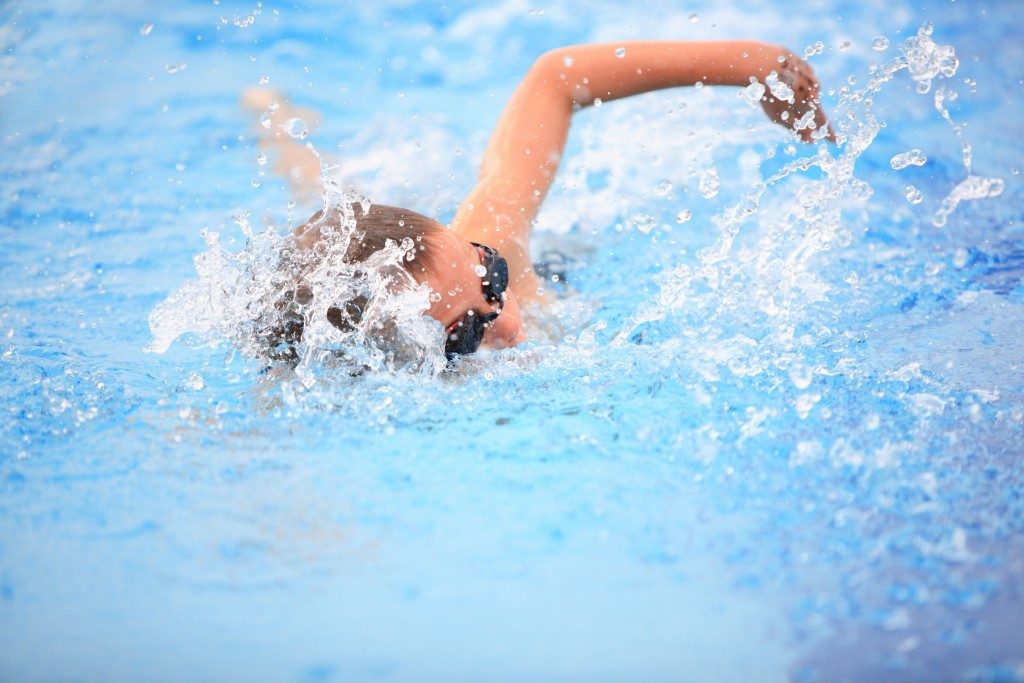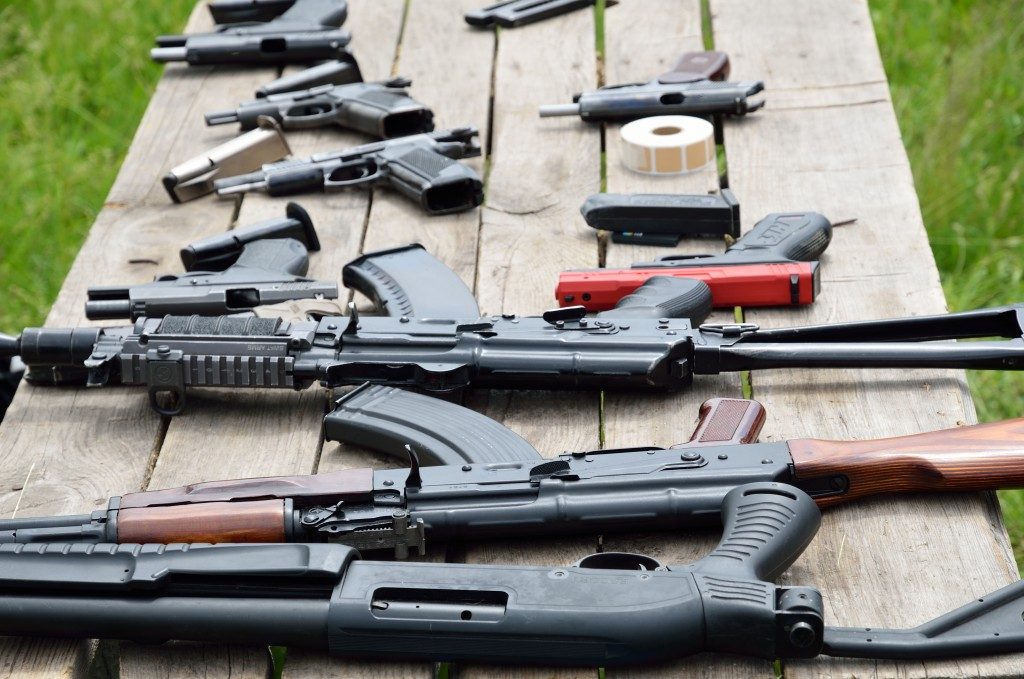The state trooper sat in his patrol car with a radar gun in his hand. It’s close to midnight, which means his shift is almost over. Suddenly a vehicle passed by, the radar gun registered 70mph. He chased the driver and after about five miles, the state trooper issued a command on his horn for the driver to pull over to the side.
The vehicle slowed down and pulled over. The state trooper walks cautiously to the driver’s window, where the driver sat nervously.
The state trooper said, “Sir, you’re doing 70 in a 50-zone. Why is that? But consider your answer carefully, sir. It’s almost midnight, on a Friday; my shift is over in 30 minutes. If you can give me an answer that I have never heard before in my 20 years as a trooper, I will let you go.”
The driver thought for a few seconds, then suddenly blurted, “Officer, 20 years ago my wife ran off with a state trooper. When I saw you behind me, chasing me, I thought you were giving her back!”
That may have been a joke, but radar guns don’t tell jokes. They mean serious business and the numbers on the screen don’t lie. Traffic enforcers rely on them to perform their duties efficiently. Perhaps that’s why radar guns for sale are all over the market. Speed is a dangerous game with dangerous and sometimes, costly consequences.
What is a radar gun?
A radar gun is simply a handheld device that sends and receives electromagnetic (radio wave) signals. If the operator, say, a police officer, sees a vehicle which he suspects is speeding, he points the radar gun towards that vehicle. The device works by throwing a radio frequency (or wave) towards that vehicle, which then bounces off that vehicle and returns to the gun.
Based on the speed that the radio wave, as well as the change in its frequency, is received, the speed is measured and registered.
Uses of the radar gun

Law enforcement application. Speeding is not the issue per se, but the accidents that result from it. Traffic enforcement exists not to give people a hard time, but to keep them safe. Generally, people detest speeding tickets because it automatically equates to cost—you need to pay the fine, and then your car insurance goes up. Nobody wants to lose money, but they also can’t figure out the simple formula—no speeding equals no ticket and no fine.
Sports application. Athletic scouts and coaching staff are usually the ones using the sports-specific type of a radar gun. This type can be programmed to record the peak speed or velocity of a ball, the bat, or arm of the athlete. In order to get an accurate reading, sports speed guns are placed directly in the trajectory of the object to be measured.
This type of speed gun is used in various sports, which include, baseball (pitching and batting are measured), cricket, softball, tennis (to measure the speed of the serve), golf (for swing speed), boxing (hand speed), and hockey.
For a more leisurely application of the radar gun, the use of inflatable booths and cages for marketing and promotions along with a radar gun is now commonplace. Radar guns with bigger electronic display boards are installed alongside the game booths to measure a participant’s pitch, kick, or shot. Major league sports franchises, companies, and corporations usually do these as part of their promotional campaigns.

